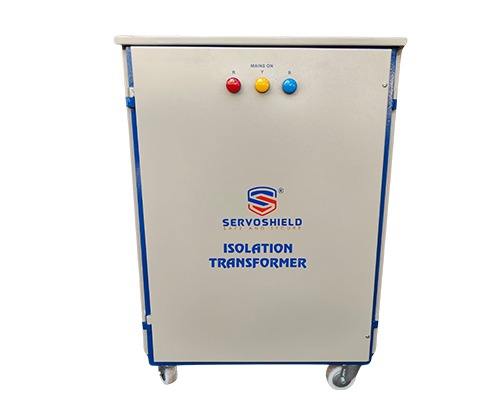In a world increasingly reliant on electricity, safety is paramount. While circuit breakers and fuses protect against overcurrents, there's another layer of protection often overlooked: the isolation transformer. These unassuming devices play a crucial role in preventing electrical shocks and safeguarding sensitive equipment.
What is an Isolation Transformer?
An isolation transformer is a specialized transformer that electrically isolates the primary winding from the secondary winding. This isolation is achieved by having no direct electrical connection between the two windings. Instead, the power is transferred inductively, meaning the magnetic field generated by the primary winding induces a current in the secondary winding.
Why is Isolation Important?
Isolation transformers serve two key functions:
Safety: They provide a barrier between the power source and the load, preventing the flow of ground fault currents. This is especially important in situations where a ground fault could pose a risk of electric shock, like medical facilities, laboratories, and industrial settings.
Protection: They shield sensitive equipment from voltage fluctuations and surges. By isolating the load from the power grid, isolation transformers can prevent damage from power surges and other voltage irregularities.


